 Warm days that seem to never end. Enjoying outdoor activities with your family and friends. The best fresh produce your local growers provide… these are just a few of the reasons we love this time of year!
Warm days that seem to never end. Enjoying outdoor activities with your family and friends. The best fresh produce your local growers provide… these are just a few of the reasons we love this time of year!
With so many things going on, you probably wonder how many meals you have time to make at home each week. We believe that it’s both lack of time and inconvenience that keep us from the simple homemade fare we crave. We’re here to help! Our rice cookers, stainless food jars, bread makers, and various other gourmet products lend themselves to quick and easy meals at home. Our appliances are designed to help you create a delicious meal easily and save you time when cleaning up. So spend less time in the kitchen and more time enjoying your summer!
Shiso, a Complex Flavor in the Kitchen
It’s shiso season 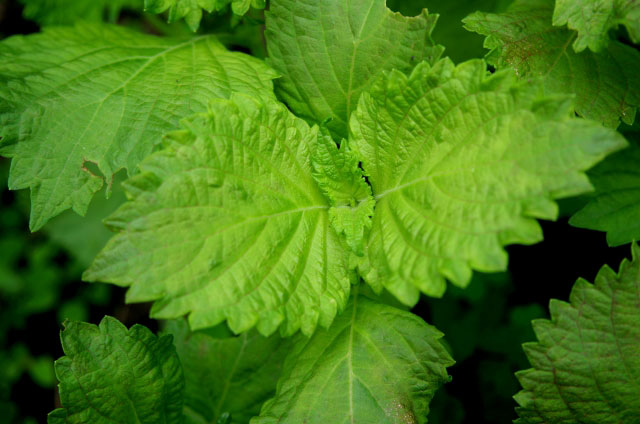 and we couldn’t be happier. Shiso is just one of those unique ingredients. For those who aren’t familiar with it, shiso is an herb with a texture similar to mint. It has bright, slightly bitter, earthy flavor that brightens up your favorite summer dishes. If you aren’t familiar with it, it’s used in a way similar to parsley or cilantro.
and we couldn’t be happier. Shiso is just one of those unique ingredients. For those who aren’t familiar with it, shiso is an herb with a texture similar to mint. It has bright, slightly bitter, earthy flavor that brightens up your favorite summer dishes. If you aren’t familiar with it, it’s used in a way similar to parsley or cilantro.
Of the five tastes, shiso definitely falls under bitter. So if you’re looking to ‘grow up’ or try something new on the plate, why not play with shiso–after all, what’s the worst thing that could happen?
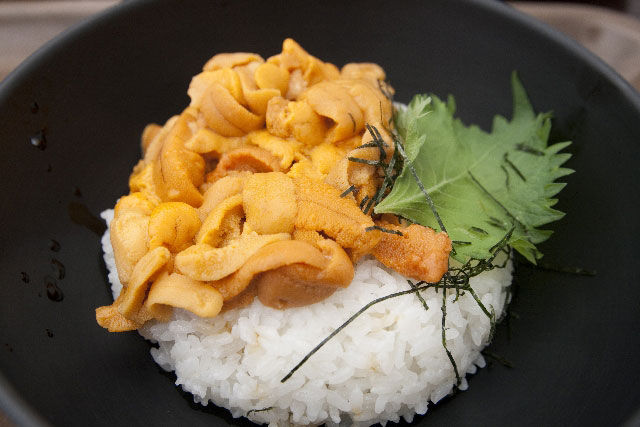 The cool thing about shiso is that you can use it in endless ways. Throw it in a fresh veggie salad, serve it with fresh fruit, float it in soup, or garnish a cocktail. It’s so versatile! It’s not expensive, and even a small amount will leave you with plenty to play with. We suggest chopping it fine to sprinkle over vegetables or using it as a garnish for meat dishes. You can even puree shiso into a pesto, or wrap it around fish.
The cool thing about shiso is that you can use it in endless ways. Throw it in a fresh veggie salad, serve it with fresh fruit, float it in soup, or garnish a cocktail. It’s so versatile! It’s not expensive, and even a small amount will leave you with plenty to play with. We suggest chopping it fine to sprinkle over vegetables or using it as a garnish for meat dishes. You can even puree shiso into a pesto, or wrap it around fish.
Go ahead and be adventurous, and have fun with this versatile herb. If nothing else, it will make an interesting conversation starter. We are pretty confident that you will enjoy its unique flavor profile!
The Only Knife You’ll Ever Need
In Japanese, santoku literally means the “three virtues.” In this case we mean chopping, cutting and dicing, of course! The santoku knife is world famous for its fabulous capabilities in the kitchen.
This rather large knife might be compared to a ‘chef’s knife’ in the states. They range from a 5” to 7” blade size with a sharp point. These indispensable tools are designed for a firm grip while allowing for full blade use. They are known for their sharp edges and their “dimpled” blade, which helps to release food slices stuck on the blade. This knife is a perfect multi-functional tool.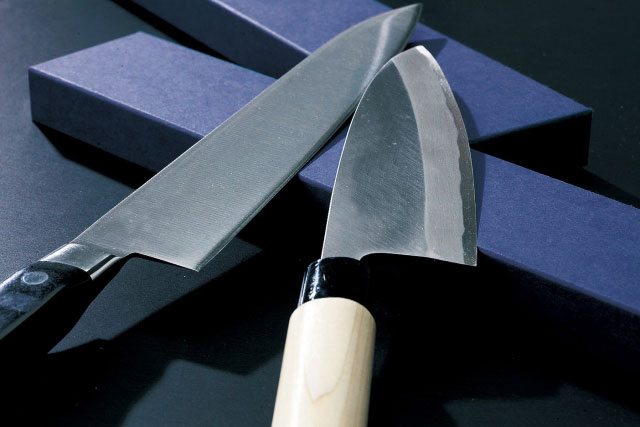
You can find santoku knives across a wide range of prices and materials. You can even find ceramic varieties in stores and online these days. If you take good care of yours, store it correctly and have it professionally sharpened, it should last, well, forever. Keep in mind that a sharp knife is a safe knife, and as they dull they become more dangerous, since you have to use more pressure.
If you are looking to add to your collection, or looking for the perfect all-around chef’s knife, a santoku is a must-have item. You will be amazed by their function and versatility. Please be kind to all of your knives, treat them with respect and above all else, keep them out of the dishwasher!
Rise and Shine!
Waking up in the morning can be a bummer! Kids, summer day camps, breakfast, work- it can sometimes feel like an endless list of tasks. Some days, don’t you just want to stay in bed with a newspaper and a cup of coffee? Maybe some homemade coffee cake?
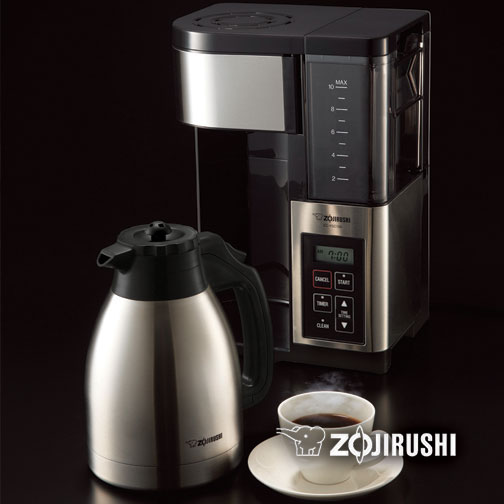 We’re sorry that we can’t remove all the weight and worry of everyday life, but we can try to make it a little bit sweeter. That’s why we’ve spent the last year perfecting the Fresh Brew Plus Thermal Carafe Coffee Maker (EC-YSC100). We thought the smell of a perfectly brewed cup might be just the thing to get you going and on your way…
We’re sorry that we can’t remove all the weight and worry of everyday life, but we can try to make it a little bit sweeter. That’s why we’ve spent the last year perfecting the Fresh Brew Plus Thermal Carafe Coffee Maker (EC-YSC100). We thought the smell of a perfectly brewed cup might be just the thing to get you going and on your way…
Now, this is not your regular drip and go machine. The carafe is constructed with Zojirushi’s advanced vacuum insulation technology that helps keep coffee as fresh and great tasting as when it was first brewed. By utilizing a thermal carafe instead of a burner, coffee can remain hot for hours without burning. The Fresh Brew Plus brews coffee at 200 degrees Fahrenheit, which is the optimal temperature for the best tasting coffee. It also features a 24-hour programmable timer so you can have a delicious cup of coffee ready in the morning.
The Fresh Brew Plus Thermal Carafe Coffee Maker is also remarkably easy to clean! The removable water tank is fully washable and the swing and filter baskets lift out easily for thorough cleaning. In addition, this unit has a “clean light” indicator that illuminates when cleaning is recommended. So, rise and shine- your coffee is ready!
Wedding Season cross Cultures
Is it us or does wedding season feel longer and longer each year? March through October seems to be filled with weddings, both in our lives, and on social media. During the spring and summer months we are inundated with images of string lights, mason jars and rustic floral arrangements. Beautiful brides glide through outdoor venues decorated with dessert tables and photo booths. What has social media done to the modern American wedding?
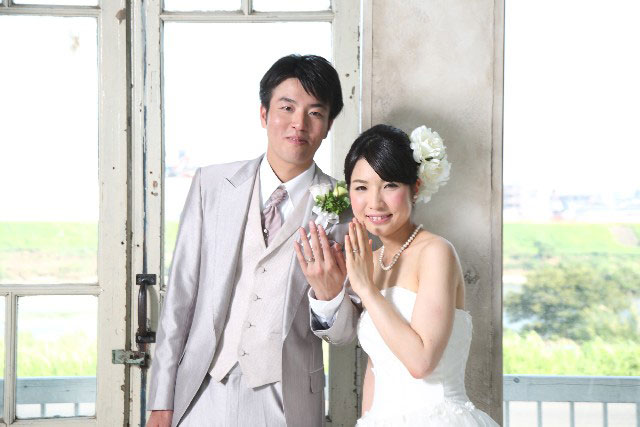 A similar shift is happening across the Pacific Ocean. The traditional Japanese style wedding is becoming less and less of the norm, and couples are opting for ‘western’-style affairs complete with white gowns, tiered cakes and the toss of a bouquet! Some couples even have ceremonies where both wedding traditions are combined. In this situation the bride and groom will perform one part of their wedding in a western style dress and tuxedo. Then, they will have a change of wardrobe and wear traditional Japanese wedding kimonos for the reception. That would make for one elaborate wedding!
A similar shift is happening across the Pacific Ocean. The traditional Japanese style wedding is becoming less and less of the norm, and couples are opting for ‘western’-style affairs complete with white gowns, tiered cakes and the toss of a bouquet! Some couples even have ceremonies where both wedding traditions are combined. In this situation the bride and groom will perform one part of their wedding in a western style dress and tuxedo. Then, they will have a change of wardrobe and wear traditional Japanese wedding kimonos for the reception. That would make for one elaborate wedding!
But what is a traditional Japanese-style wedding, you ask? Well, that’s a longer story…Japanese weddings are typically all-day affairs beginning early in the morning and stretching out through the night. Both bride and groom don classic wedding kimonos as 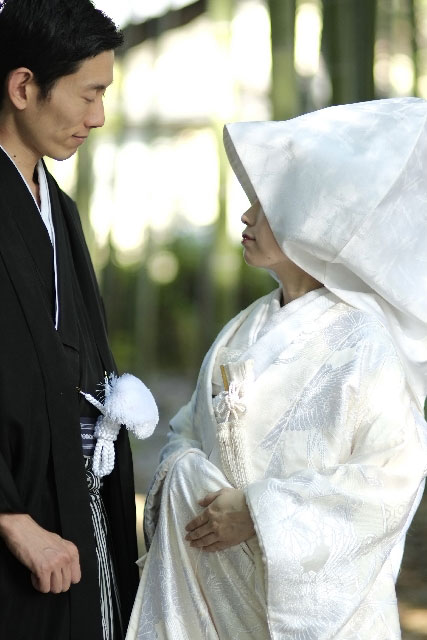 they make their way to a shrine. The bride’s kimono will be white with a large white headdress called tsunokakushi. The headdress is meant to be a symbol of both submission and protection from jealousy. Sound familiar? Tsunokakushi is not unlike a western-style wedding veil!
they make their way to a shrine. The bride’s kimono will be white with a large white headdress called tsunokakushi. The headdress is meant to be a symbol of both submission and protection from jealousy. Sound familiar? Tsunokakushi is not unlike a western-style wedding veil!
Japanese wedding ceremonies are performed by a Shinto priest in a shrine. Instead of opting for the long walk down the aisle in front of a large crowd, these ceremonies are often intimate with only the couple’s parents in attendance. Drinking sake is an important part of the ritual and symbolizes getting through the many challenges that will arise within the marriage.
Then at last, the reception will commence. Japanese style wedding receptions are held in tatami rooms where husband and wife sit on a stage to see their guests. At this point, the bride might change into a more colorful kimono, or in more recent years, a western-style gown. Food and drink will be served, and people will eat and drink to their hearts’ content. People dance and sing, and give speeches to the new couple. Money is the gift to give at a Japanese wedding. The standard amount is about $300.00, wrapped nicely in an envelope.
As we look at both eastern and western-style wedding traditions, we can’t help but see many similarities. Both versions begin with a ceremony and end in a reception, both require lots of food and drink, and there is some sort of gift giving in each situation. Couples celebrate with close family, friends and colleagues, and it is not uncommon for the couple to take a honeymoon when it’s all said and done.
So perhaps we aren’t that different after all. Have you ever been to a Japanese-style wedding? If so, we would love to hear your reactions and thoughts on the matter! Happy wedding season!
Leave a Reply